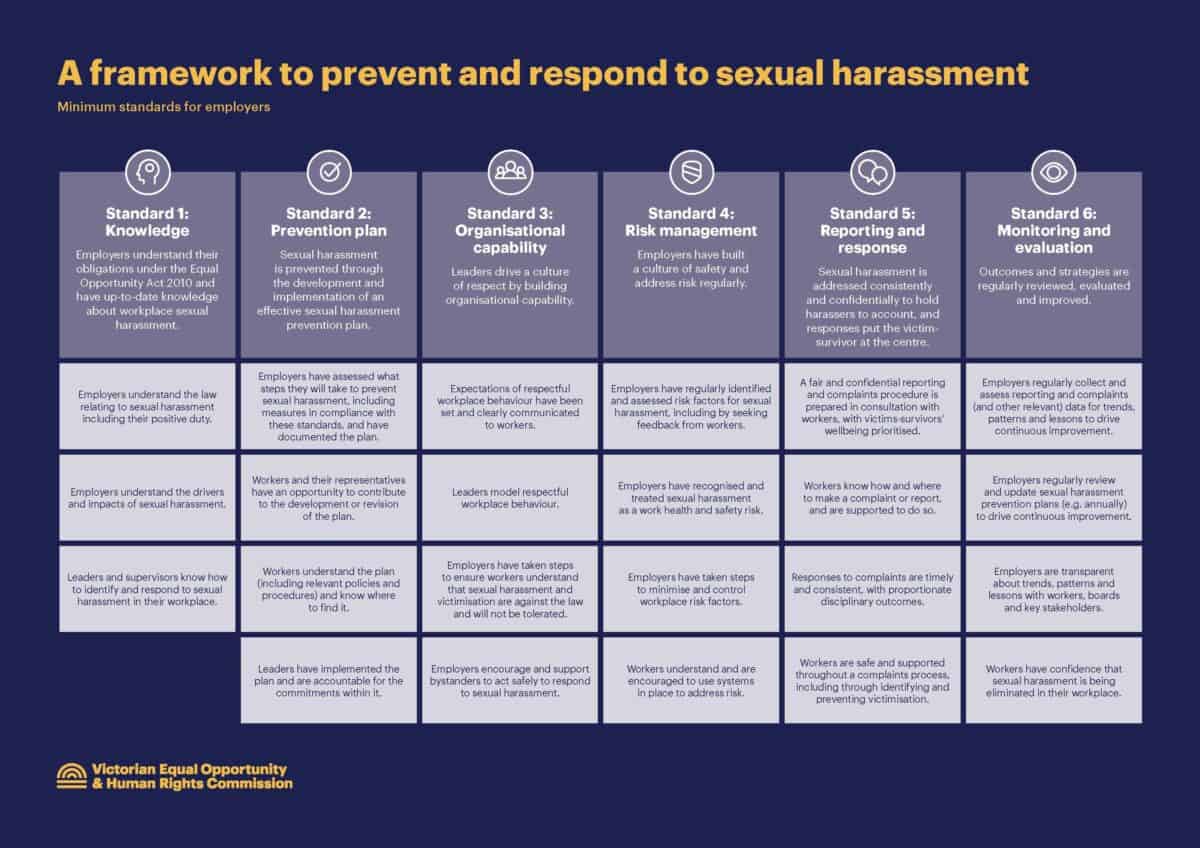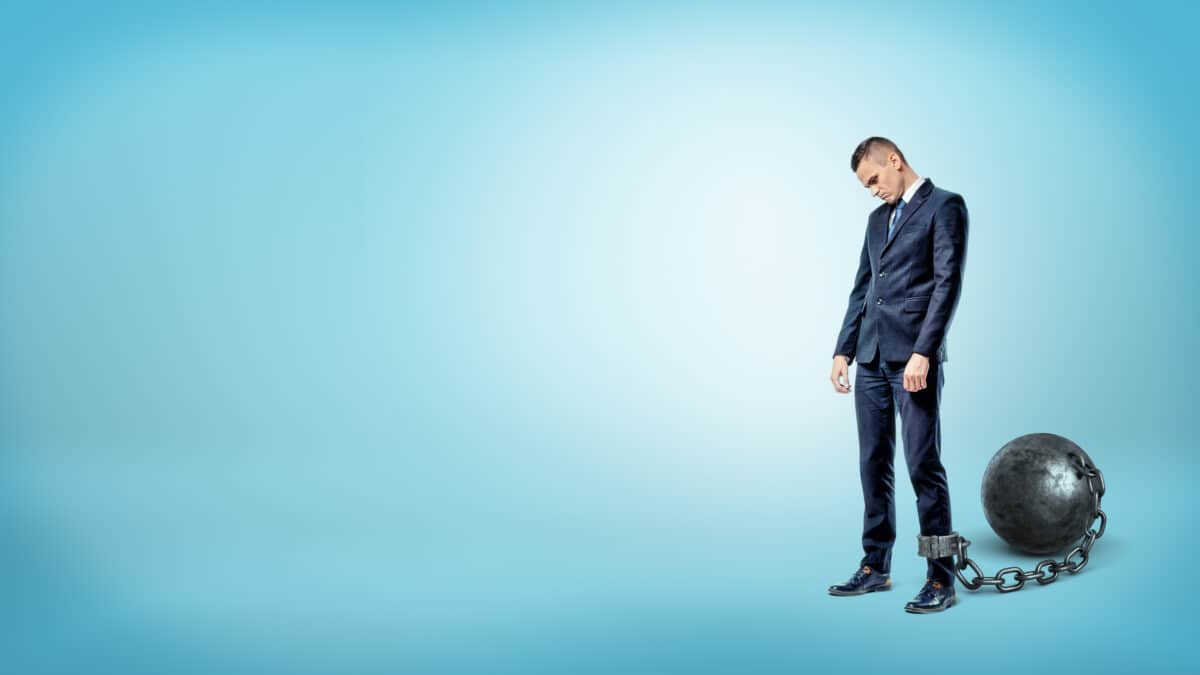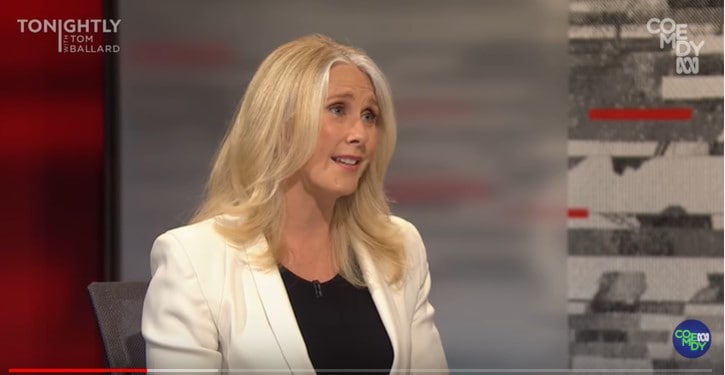The Australian Chamber of Commerce and Industry (ACCI) has released a guide for employers on managing sexual harassment in workplaces. It contains a lot of helpful information, but it also illustrates the self-imposed limits that business has on preventing workplace psychological hazards. To a lesser extent, it is downplaying the preventative role of occupational health and safety (OHS).
Category: discrimination
Off-centre perspectives can offer great potential
The Australian government has failed to follow through on its early promises to provide a framework for employers to prevent and reduce sexual harassment in their workplaces. This failure is being interpreted as revealing something about employers’ attitudes to occupational health and safety (OHS) and their own legislative duties.
Employers (and other groups on non-OHS issues) who look to the government for guidance on issues that already have legislative requirements are looking to avoid the social and legal obligations that have usually existed for years. Sexual harassment is an excellent example of a workplace matter getting some serious attention regardless of the government’s inaction. A recent podcast by Maddocks lawyers Catherine Dunlop and Tamsin Webster is part of that attention.
Forces amass against the prevention of workplace sexual harassment
Most of Australia’s media has cooled its reporting on the sexual harassment law reforms championed by the Sex Discrimination Commissioner, Kate Jenkins. Partly this relates to revised laws being proposed in Parliament later this year and that are currently subject to a Senate Committee Inquiry. The media coverage on the proposed laws and the senate inquiry has been thin with only the Australian Financial Review (AFR) giving it any serious attention.
However, research reports on sexual harassment in Australian workplaces continue to appear and the transcripts of the Senate Committee’s public hearings are publicly available, as are the submissions made by, primarily, business and law organisations. What is missing is the involvement of the occupational health and safety profession.
Cause is not the same as Correlation
Politicians and executives love to claim a cause when there is only a correlation. This was displayed recently in Australian Senate Hearings on the issue of occupational health and safety (OHS) and Industrial Manslaughter (IM).
Wiktionary defines Cause as:
The source of, or reason for, an event or action; that which produces or effects a result.
And Correlation as
A reciprocal, parallel or complementary relationship between two or more comparable objects.
The conflation of these two very different relations has been a serious drag on OHS progress in practice and policy.
Australians become impatient for change on sexual harassment
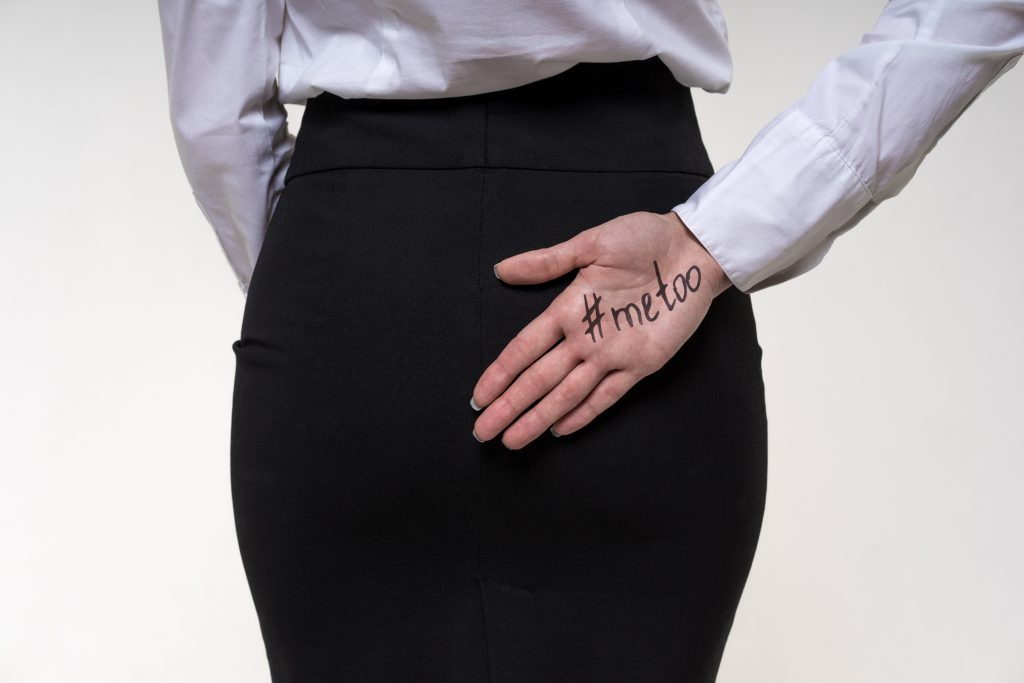
Victoria, perhaps, has the best chance of applying occupational health and safety (OHS) principles to the prevention of sexual harassment and the psychological harm that harassment can generate. In the wake of the sexual harassment allegations against former Justice Dyson Heydon, several reviews into the legal profession have been announced.
Sexual harassment at work remains on the national agenda with the Federal Government yet to respond to the Australian Human Rights Commission’s (AHRC) Respect@Work Report which has been sitting with the government since March 2020.
Final Sexual Harassment Inquiry report
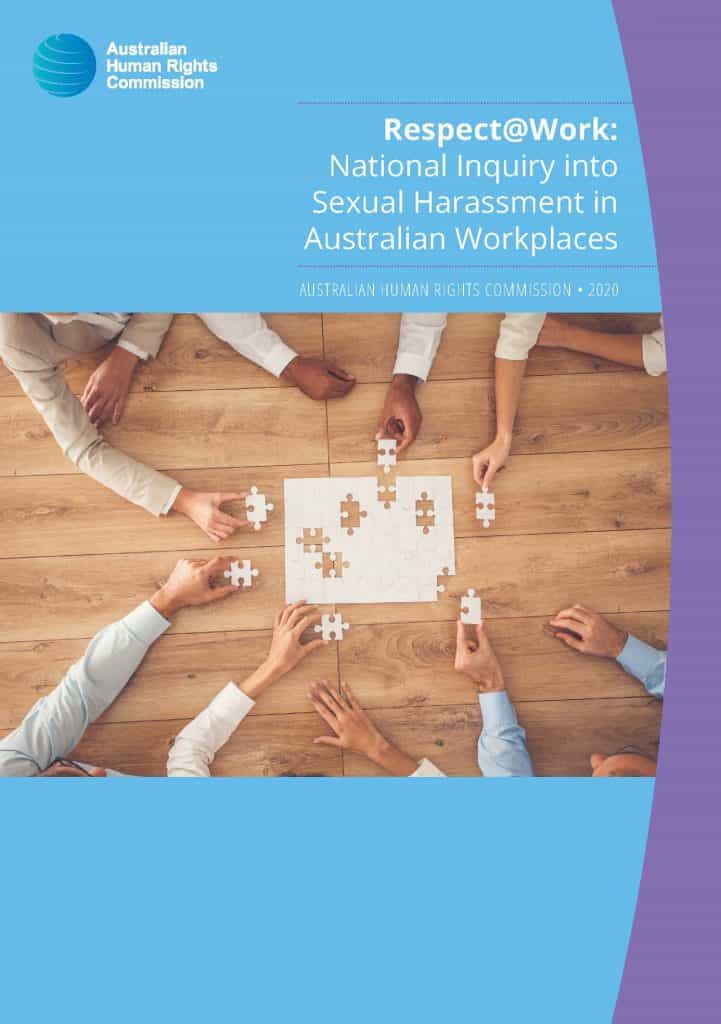
What would be more accurate and reflective of Michele O’Neil’s position is that workers have a human, health and safety, and workplace right to a workplace that is without the risk of sexual harassment. The ACTU President gets the message right in the official media release.
O’Neill urges the Morrison Government to take the final report into sexual harassment in Australian workplaces and its recommendations seriously and it should, but the signs are not good. The mainstream media coverage of the Workplace Sexual Harassment Inquiry’s report has been thin.
Continue reading “Final Sexual Harassment Inquiry report”OHS approach to sexual harassment gets an airing
Tracey Spicer has been a very public face of the campaign against sexual harassment in Australian workplaces. She, and her campaign, has not been without controversy but recently Spicer presented a three-part documentary on the issue. In Episode 2, the viewers heard, all too briefly, from Dr Rebecca Michalak about the occupational health and safety (OHS) context of sexual harassment.


